We hosted a Cub Scout troop tonight at our house and the observatory (in Los Angeles). Some friends of ours son is a member of the troop and they asked us to help with a night of astronomy focused on getting the troop members their Astronomy Belt Loop.
It was great fun and I think a great success. We had 6 Scouts, parents, and a sister as our guests. After they completed their opening ceremonies, my wife went through the specific learning about astronomy that is required for the belt loop (what is a planet, etc.). Once it was dark — well, time for a digression. It is dark a bit late this time of year because of the early start of daylight savings. It is starting too early. End of digression.
I had opened the observatory at the start of the meeting. Good hoots and hollers from the scouts at the opening. Once it was dark and the lessons were complete, we started observing.
Mars was first and was not too exciting. In the 8″ SCT and a 9mm Nagler (225X magnification), it was just a small disk with almost no features. We were pushing the seeing in any case.
The next target was M42, the Nebula in Orion. The Trapezium was a clear four stars and there was a nice haze of nebulosity around it. This got a few aahs from the Scouts and other guests.
We then moved on to the Moon. This turned out to be the hit of the night. In the 35mm plossl, it was a full disk view with the terminator right in the middle of the Moon. Great detail in the maria and the peaks. Lots of oohs and aahs. I then went back to the 9mm Nagler for a closer look and this brought some serious study by one of the Scouts. Aimed at the north pole of the Moon, we had a view that showed the shape of the Moon with lots of crater detail. A big hit.
We had reached 8:40 pm or so, so the troop left except for our friends and their son. We chatted a bit and were looking at the constellations (we could pick out Orion, Gemini, Leo, Canus Major [Sirius anyway], and the Big Dipper). Then I saw a bright object at about 25 degrees and realized we had a jackpot view — Saturn!
Saturn was low but we could see the rings well and two moons clearly, Rhea and Titan. Saturn is always a big hit. So we finished the night on a high note.
It was really nice to be able to share both the knowledge of Astronomy and the experience of looking through the telescope with a bright and eager group of kids. Well behaved too. They were all very thankful. And I am very thankful that I had the ability to share the view of the sky with them.







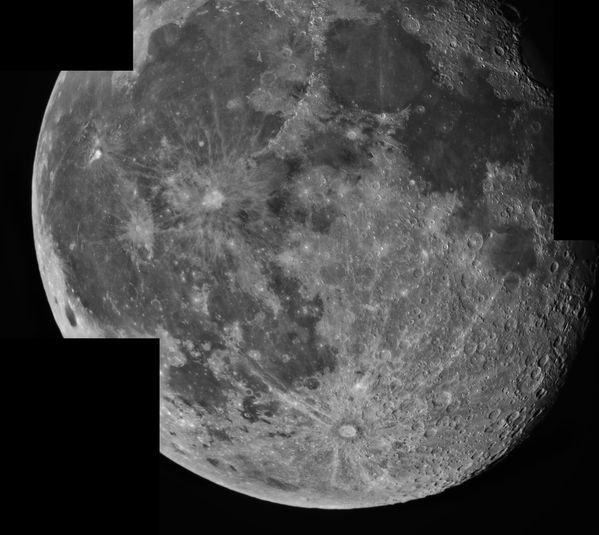
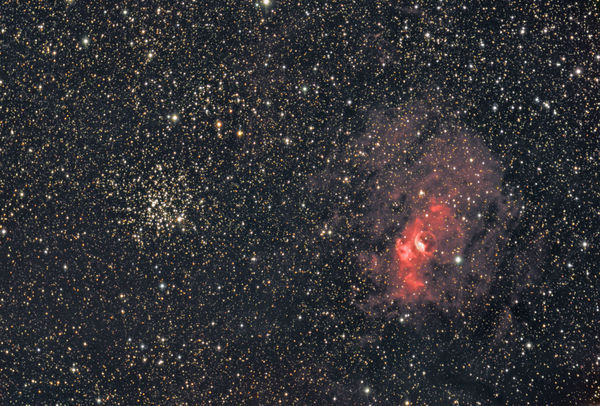


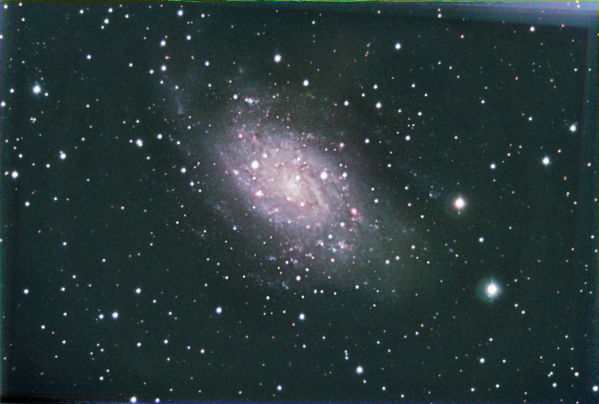
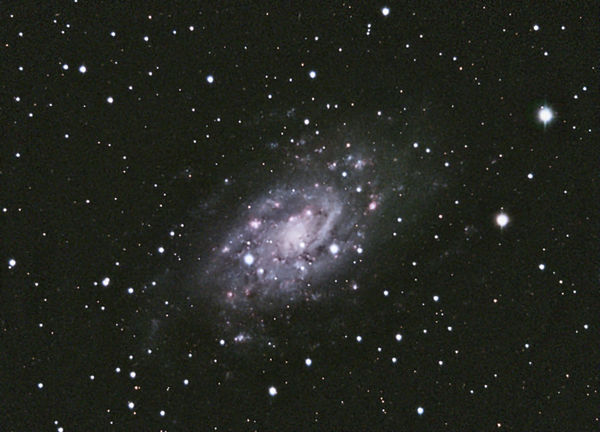
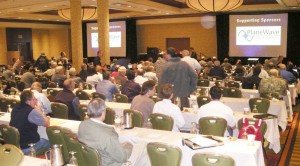
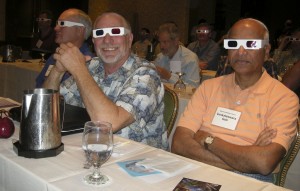
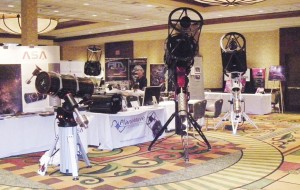
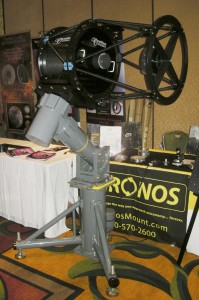
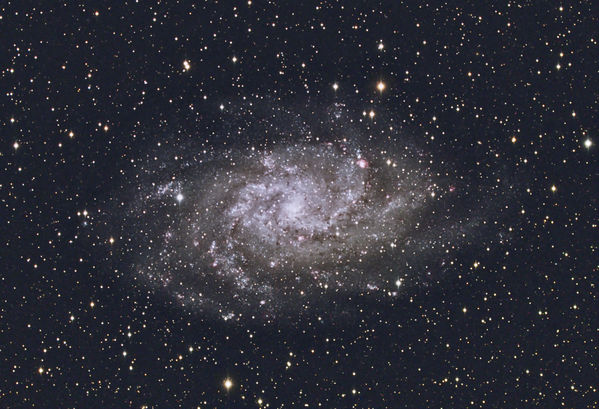
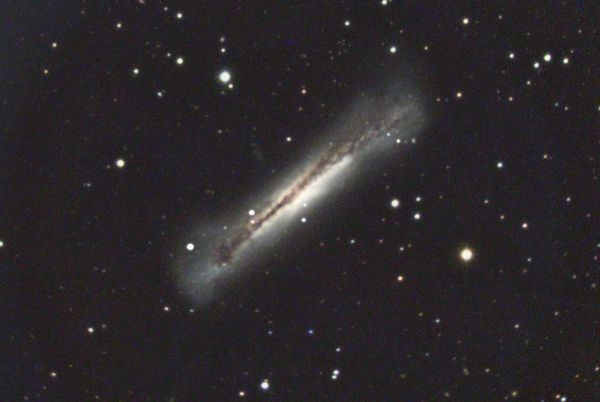
You must be logged in to post a comment.